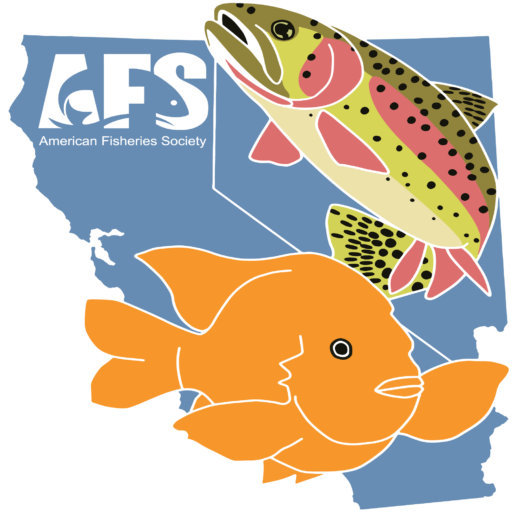I am a second year PhD student in Dr. Jonathan Shurin’s lab at the University of California, San Diego. I study ecology and evolution through the lens of freshwater fishes of the Eastern Sierra. High elevation lakes in this region were formed by glacial recession. Without viable dispersal conduits for downstream fishes, these lakes were historically fishless. Beginning in the mid 1800’s, many previously fishless lakes were stocked with a variety of trout species for recreational fishing. While stocking was halted in Yosemite National Park in the 1970’s, wild reproducing populations continue to support a robust recreational fishery. There now exists in the Park a mosaic of fish-filled and fishless lakes spanning large elevation gradients. Our lab uses comparative studies of these lakes to understand how introduced predators and environmental variability affect lake food webs. For my work supported by California-Nevada AFS Small Grants Program, I am taking a food web approach to investigate how terrestrial carbon loading to lakes affects trout growth rates.
Loading of terrestrial carbon to lakes is expected to increase in the coming decades as soils and vegetation are reshaped by a warming climate, but the effects of this loading on fish growth are difficult to predict. While terrestrial carbon is often considered a trophic subsidy to lakes, it may actually suppress secondary production since it is nutritionally deficient relative to aquatic primary producers and could impact the relative availability of these more nutritious sources.
Work by former Shurin lab member Dr. Celia Symons (currently Assistant Professor, UC Irvine) showed that dissolved organic carbon (DOC) concentrations (most of which is terrestrial in origin) negatively correlated with trout growth rates, although the mechanisms underlying this trend remain unclear. To evaluate whether DOC loading affects the trophic pathways supporting fish growth, I surveyed environmental variables and sampled fish from 15 lakes spanning a gradient of dissolved organic carbon in Yosemite National Park. I am using a combination of natural abundance stable isotope analysis, gut content analysis, and otolith analysis to test whether individual fish growth rates can be predicted by the proportion of their tissue derived from terrestrial basal resources. Stay tuned for results!
Henry Baker
PhD Student– Shurin Lab
Section of Ecology, Behavior, and Evolution
University of California, San Diego

